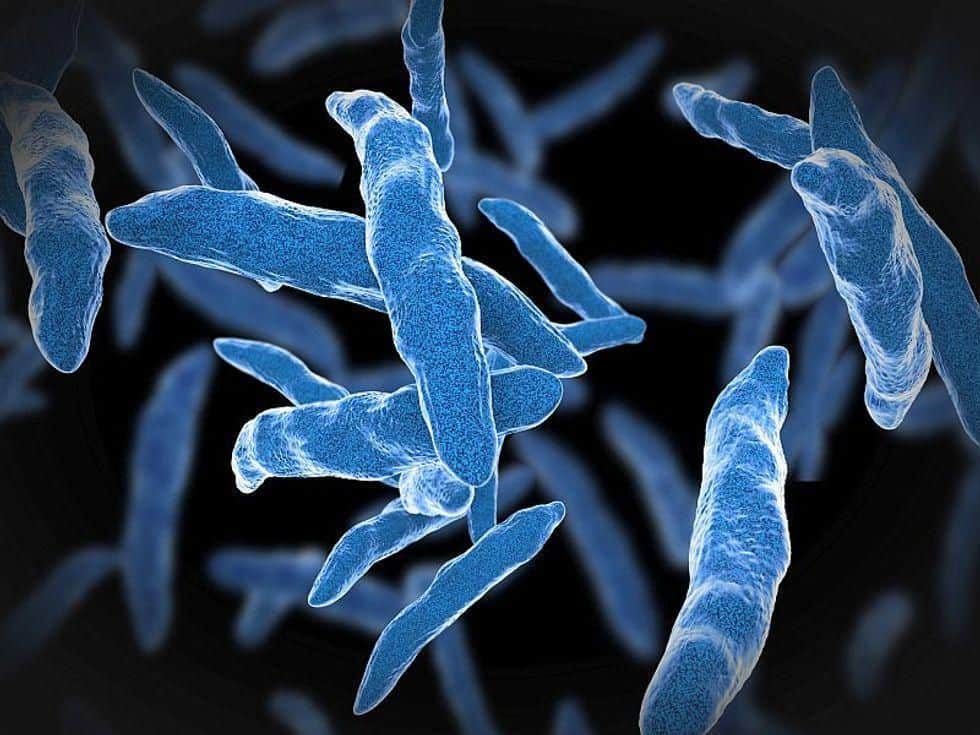MONDAY, Aug. 23, 2021 (HealthDay News) — Tuberculosis preventive treatment completion is higher with three months of rifapentine-isoniazid than six months of isoniazid among patients with HIV receiving antiretroviral therapy, according to a study published online Aug. 24 in the Annals of Internal Medicine.
Gavin Churchyard, M.B.B.Ch., Ph.D., from The Aurum Institute in Parktown, South Africa, and colleagues conducted a randomized trial to compare treatment completion rates of weekly rifapentine-isoniazid for three months versus daily isoniazid for six months, and examined the effectiveness of a three-month rifapentine-isoniazid regimen given annually for two years versus once. A total of 4,014 participants (median age, 41 years; 69.5 percent women; all using antiretroviral therapy) randomly assigned to rifapentine-isoniazid given annually for two years or once, or daily isoniazid for six months, were included in the analysis.
The researchers found that in the first year, treatment completion was 90.4 percent for the combined rifapentine-isoniazid groups compared with 50.5 percent for the isoniazid group (risk ratio, 1.78; 95 percent confidence interval, 1.61 to 1.95). Participants receiving the rifapentine-isoniazid regimen twice or once had a similar incidence of tuberculosis (hazard ratio, 0.96; 95 percent confidence interval, 0.61 to 1.50).
“Treatment completion was much higher with three months of self-administered rifapentine and isoniazid compared with six months of isoniazid preventive therapy,” the authors write. “In settings with high tuberculosis transmission and high antiretroviral therapy uptake, an additional round of short-course preventive therapy one year later did not provide additional benefit in reducing tuberculosis incidence.”
Abstract/Full Text (subscription or payment may be required)
Editorial (subscription or payment may be required)
Copyright © 2021 HealthDay. All rights reserved.


